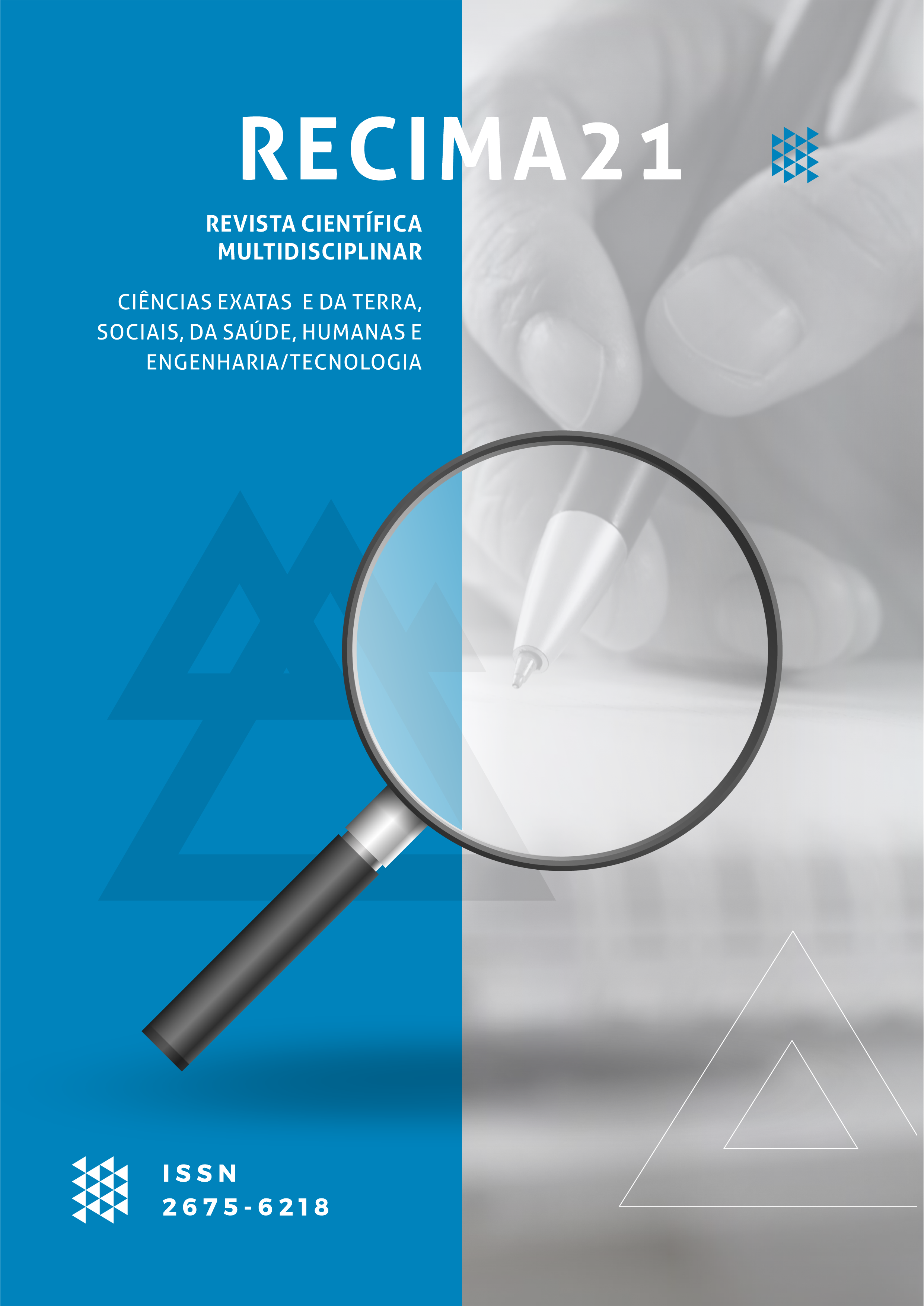A BRIEF HISTORY OF ASTROPHYSICS
DOI:
https://doi.org/10.47820/recima21.v3i10.2046Keywords:
briefly the history of astrophysics in a didacticAbstract
This article briefly describes the history of astrophysics in a didactic and accessible way. The focus of the work is on the historical part, without going into mathematical details, going through the main events of this science in the last centuries, detailing some of the main scientists who made contributions in this area. This paper sought to present the historical development of celestial body mechanics, spectroscopy, some tools used in cataloging the stars, the chemical composition of celestial bodies, and the role of theory and physical experimentation in this area. A brief presentation of the evolution of space observation apparatus such as telescopes and radio telescopes is also given. Questions about what is to come in the near future (or not) are also discussed.
Downloads
References
ALONSO, M.; FINN, E. J. (1992). Physics. Harlow: Addison Wesley.
BASSALO, J. M. F. (2012). O Cenário da Física Antes de 1900, in: Partículas Elementares 100 anos de descobertas. São Paulo: Editora Livraria da Física.
BERRY, A. (1961). A Short History of Astronomy. New York: Dover.
BOCKZO, R. (1984). Conceitos de Astronomia. São Paulo: Blucher.
BORGES, C. L. S.; Rodrigues, C. G. (2022). Astronomia: Breve História, Principais Conceitos e Campos de Atuação. Brazilian Applied Science Review, 6(2), 545-577.
CAJORI, F. (1961). A History of Physics. New York: Dover.
DREYER, J. L. E. (1953). A History of Astronomy from Thales to Kepler. New York: Dover.
EISBERG, R.; RESNICK, R. (1979). Física Quântica; Átomos, Moléculas, Sólidos, Núcleos e Partículas. Rio de Janeiro: editora Campus.
FEYNMAN, R. P.; LEIGHTON, R. B.; SANDS, M. (1969). The Feynman lectures on physics, v. 1. New York: Addison-Wesley.
FILHO, O. S. K.; SARAIVA, O. F. M. (2017). Astronomia e Astrofísica. São Paulo: Editora Livraria da Física.
GONTIJO, L. M. A.; RODRIGUES, C. G. (2021). Sobre a Evolução do Conceito de Calor e Energia Térmica. História da Ciência e Ensino: Construindo Interfaces, 24(1), 19-51.
GREENE, B. (1999). The Elegant Universe. New York: W. W. Norton & Company.
NEWTON, I. (2002). Óptica. Tradução de André Koch Torres de Assis. São Paulo: Edusp.
NUSSENZVEIG, H. M. (2014). Curso de Física Básica, vol. 1. Rio de Janeiro: Blucher.
RODRIGUES, C. G.; SILVA, A. A. P.; SILVA, C. A. B.; VASCONCELLOS, A. R.; RAMOS, J. G.; LUZZI, R. (2016). Science, technology, government and societal goals, and the role of thermo-statistics of non-equilibrium systems in present day advanced Technologies. Physicae Organum, 2(2), 1-23.
RODRIGUES, C. G.; LUZZI, R. (2018). Science, Technology and Non Equilibrium Statistical Mechanics. Physics Journal, 4(2), 9-16.
RODRIGUES, C. G. (2020). Ondas, Acústica, Psicoacústica e Poluição Sonora. Goiânia: ed. do autor. ISBN 978-65-00-06846-7
SAGAN, C. (1980). Cosmos: Os Limites do Oceano Cósmico (Episódio 01). Disponível em: https://www.youtube.com/watch?v=0jMOACMdgpo
SHU, F. (1982). The Physical Universe: An introduction to astronomy. Mill Valley: Universe Science Books.
STRATHERN, P. (1997). Einstein e a Relatividade. Rio de Janeiro: Jorge Zahar.
STRATHERN, P. (1998a). Galileu e o Sistema Solar. Rio de Janeiro: Jorge Zahar.
STRATHERN, P. (1998b). Newton e a Gravidade. Rio de Janeiro: Jorge Zahar.
WUENSCHE, C. A. (2020). A Lei de Hubble. Disponível em:
http://www.das.inpe.br/cosmo/intro-cosmo/lei-de-hubble.php
ZELLIK, M; SMITH. E. (1987). Introductory Astronomy and Astrophysics. Philadelphia: Saunders College Publishing.
ZELLIK, M. (1994). Astronomy – The Evolving Universe. New York: John Wiley & Sons.
Downloads
Published
Issue
Section
Categories
License
Copyright (c) 2022 RECIMA21 - Revista Científica Multidisciplinar - ISSN 2675-6218

This work is licensed under a Creative Commons Attribution 4.0 International License.
Os direitos autorais dos artigos/resenhas/TCCs publicados pertecem à revista RECIMA21, e seguem o padrão Creative Commons (CC BY 4.0), permitindo a cópia ou reprodução, desde que cite a fonte e respeite os direitos dos autores e contenham menção aos mesmos nos créditos. Toda e qualquer obra publicada na revista, seu conteúdo é de responsabilidade dos autores, cabendo a RECIMA21 apenas ser o veículo de divulgação, seguindo os padrões nacionais e internacionais de publicação.













